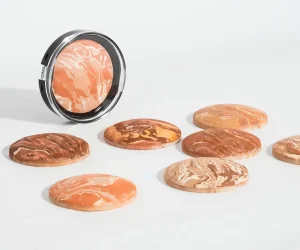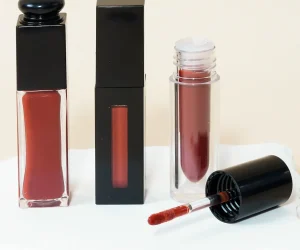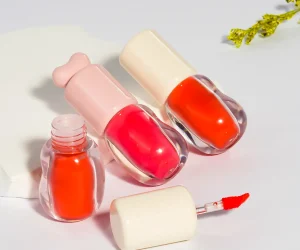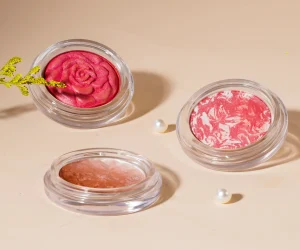Tips for using eye shadow
Table of Contents
Eye shadow is an indispensable part of makeup. By using eye shadow skillfully, you can enhance the refinement of the overall makeup and make your eyes more vivid. However, for many makeup novices, the use of eye shadow may seem a bit complicated. Here are some practical eye shadow application tips that can benefit you whether you are a makeup novice or an experienced enthusiast.
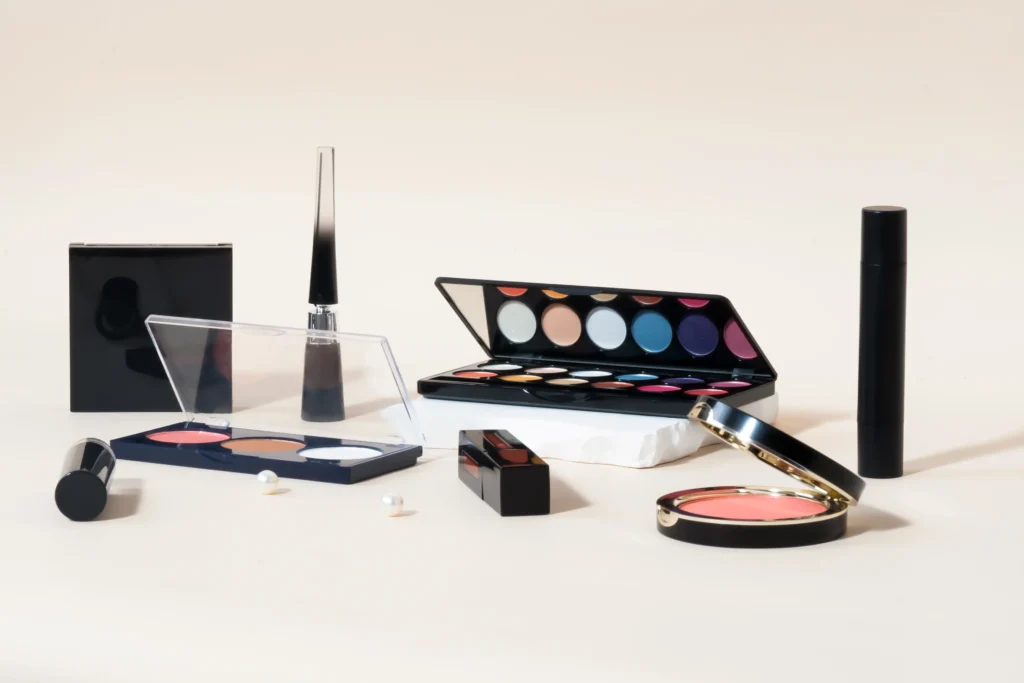
Choose the right eye shadow
Choose according to skin color
- Cold skin color is suitable for cool-toned eye shadow, such as gray, purple, and blue.
- Warm skin color is suitable for warm-toned eye shadow, such as gold, orange, and brown.
- Neutral skin color can try more color combinations.
Choose according to the occasion
- Daily makeup: Choose soft nude, light brown or pink.
- Dinner makeup: You can try dark or pearlescent eye shadow to add a sense of luxury.
- Special occasions: Boldly try some bright colors or multi-color mix and match.
Choose according to eye shape
- Single eyelids: Dark colors can increase the depth of the eyes, and it is recommended to use a small range of smudges.
- Double eyelids: suitable for multi-layered superposition, which can better show the color level.
- Inner eyelids: avoid using too thick eye shadow, and choose matte texture.
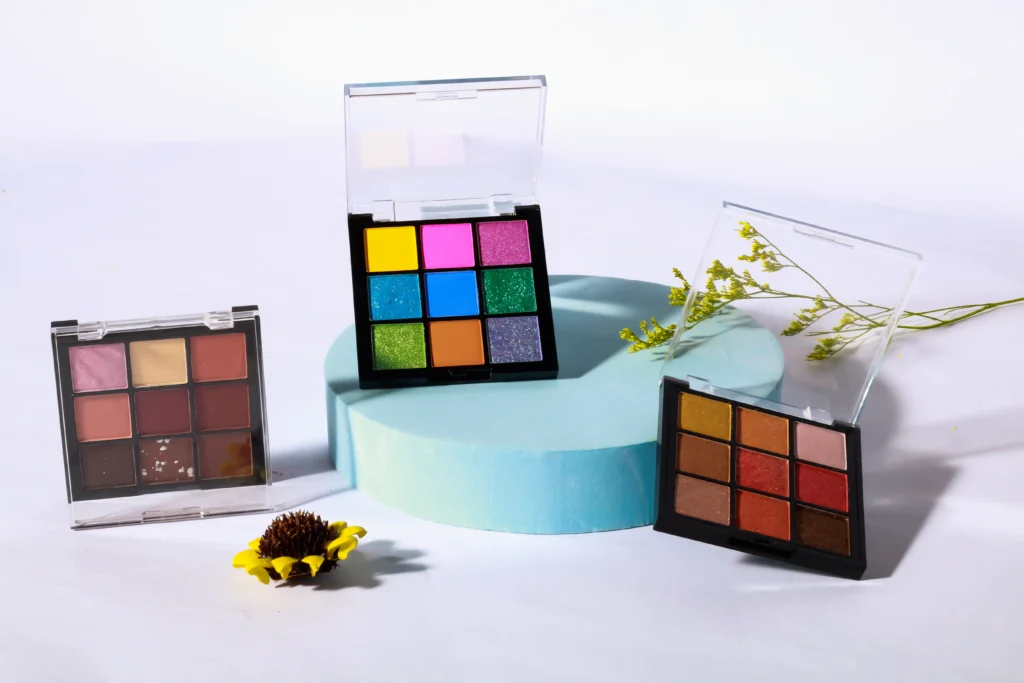
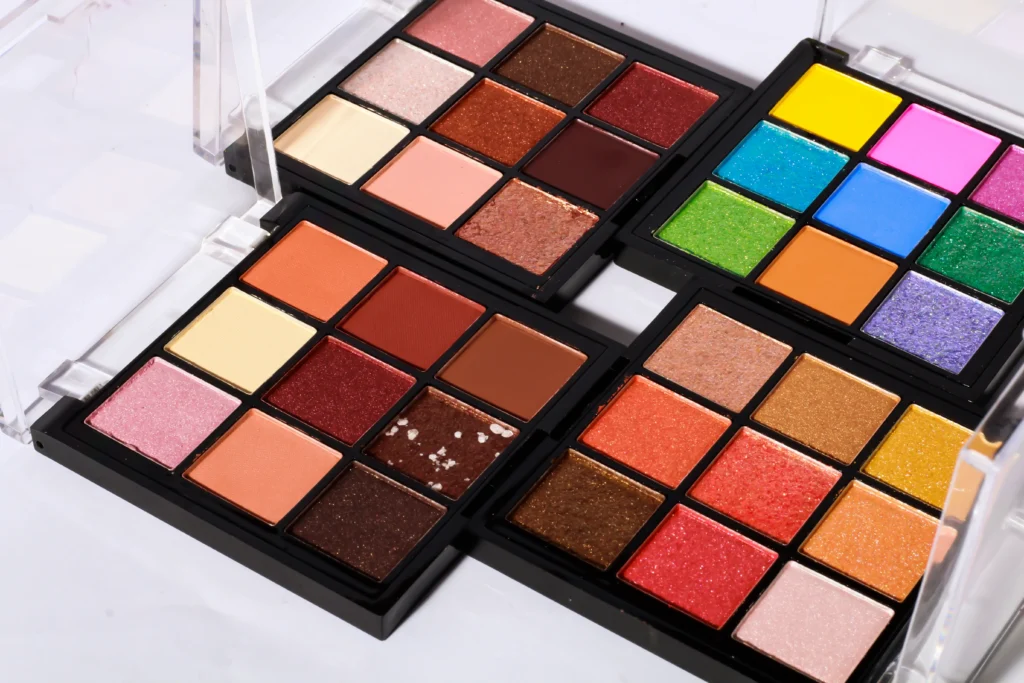
Selection and use of eye shadow brushes
Types of brushes
- Coloring brush: suitable for large-area coloring.
- Blending brush: used to soften the edges and create a natural transition.
- Detail brush: used to deepen the end of the eye or brighten the part.
How to use the brush
- Gently pat off excess powder before use to prevent eye shadow accumulation or powder loss.
- Apply color in small amounts and multiple times to control the color intensity.
- Use circular motions when blending to make the color blend more naturally into the skin.
Cleaning and maintenance
- Clean the eye shadow brush regularly to avoid bacterial growth.
- After each use, gently wipe the surface with a makeup brush cleaning tool.
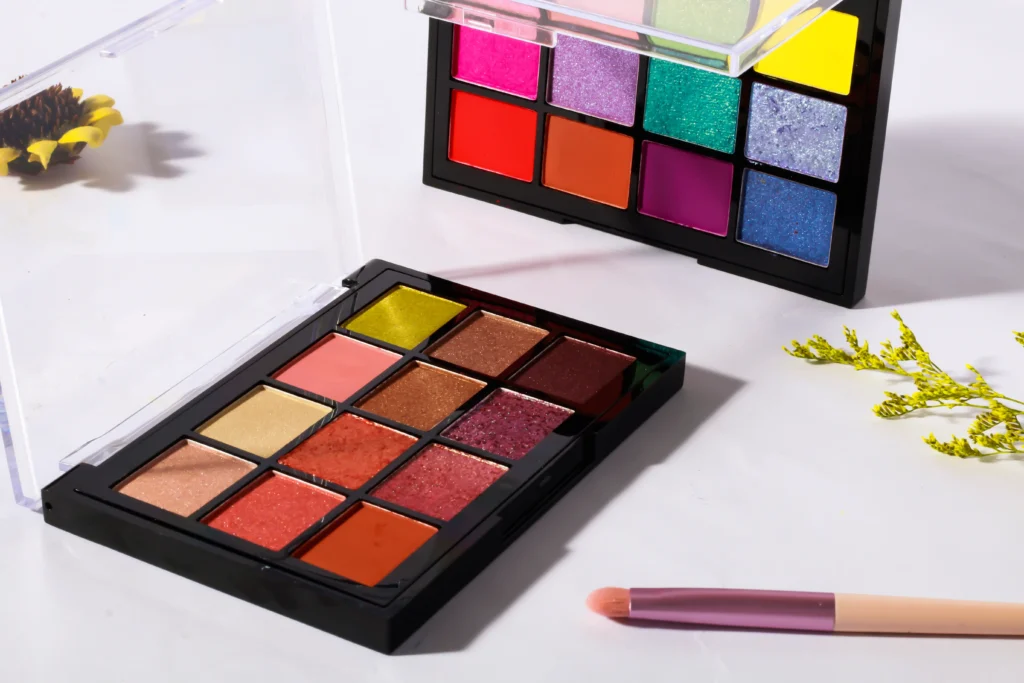
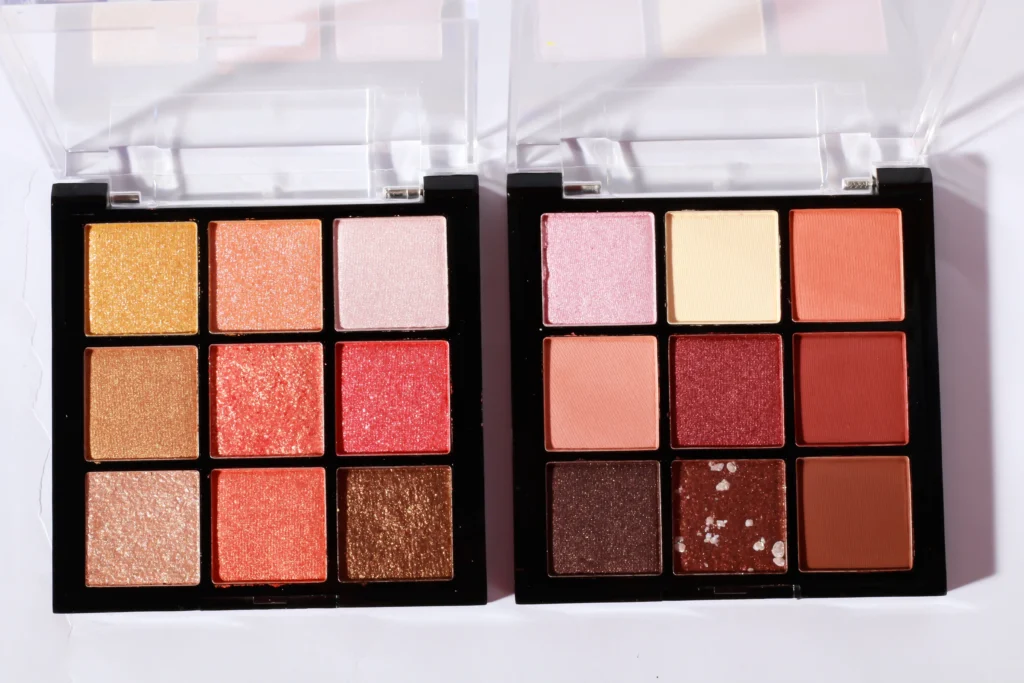
Eye shadow makeup steps
Primer
- Use eye shadow primer products to prevent smudges and make the color more vivid.
- If there is no special primer product, concealer or foundation can be used instead.
Main color application
- Choose a neutral tone as the main color and apply it all over the eyelid.
- Use a large eyeshadow brush and pat lightly to apply the color.
Deepen the end of the eye
- Use a darker color and focus on the triangle area at the end of the eye.
- Use a blending brush to soften the edges to avoid being too harsh.
Brighten the eye head
- Use pearlescent or bright eyeshadow to apply to the eye head to increase the brightness.
- You can also lightly sweep along the lower eyeliner to enhance the three-dimensional effect of the eyes.
Strengthen the sense of layering
- Choose a third color as needed and apply it in the middle of the eyelid or the folds of the double eyelids.
- Use a blending brush to transition and avoid color accumulation.
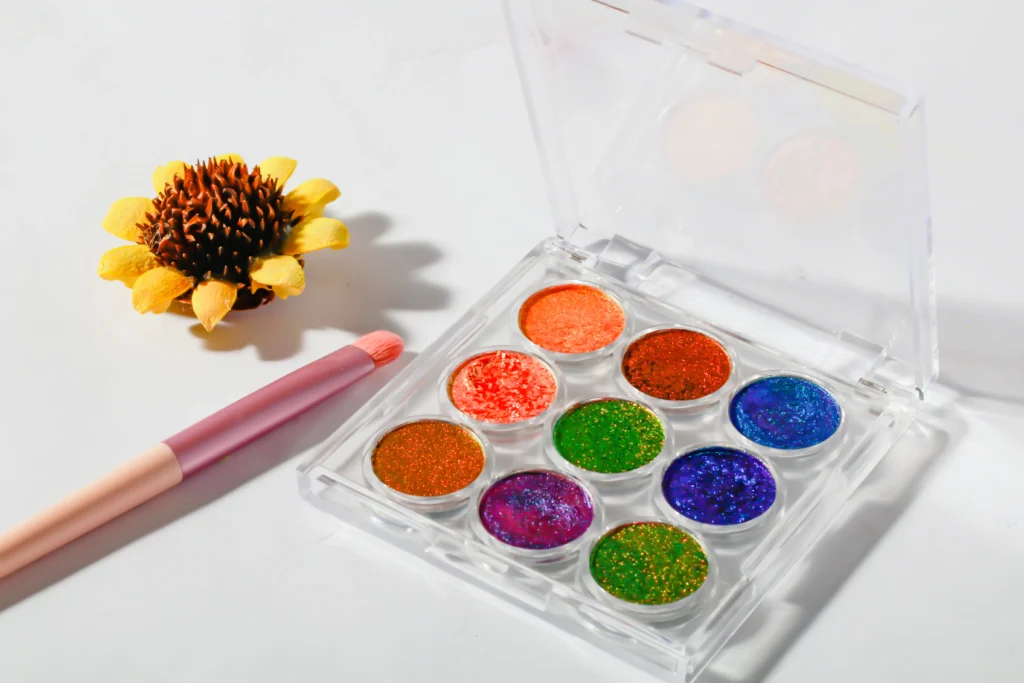
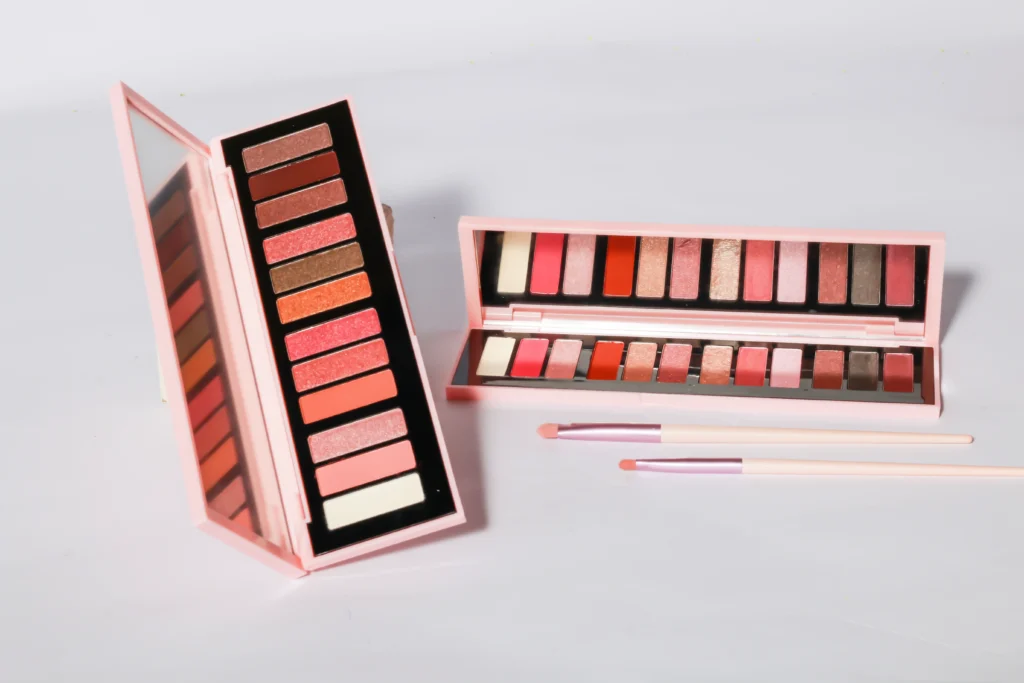
Eyeshadow techniques for different makeup looks
Nude makeup
- Choose a matte eyeshadow close to your skin color and lightly sweep over your eyelids.
- The focus is on natural blending without emphasizing the eye contour.
Daily makeup
- Use brown or pink tones to create a soft eye makeup effect.
- You can lightly deepen the end of the eye, but not too exaggerated.
Dinner makeup
- Use dark colors such as black, dark blue or burgundy.
- Add pearlescent or glitter eyeshadow to highlight the luxury.
- Can be paired with eyeliner and false eyelashes to enhance the overall dramatic effect.
Creative makeup
- Boldly try contrasting colors or gradient colors, such as blue-purple gradient.
- Use sequins, patches and other decorations to add interest.
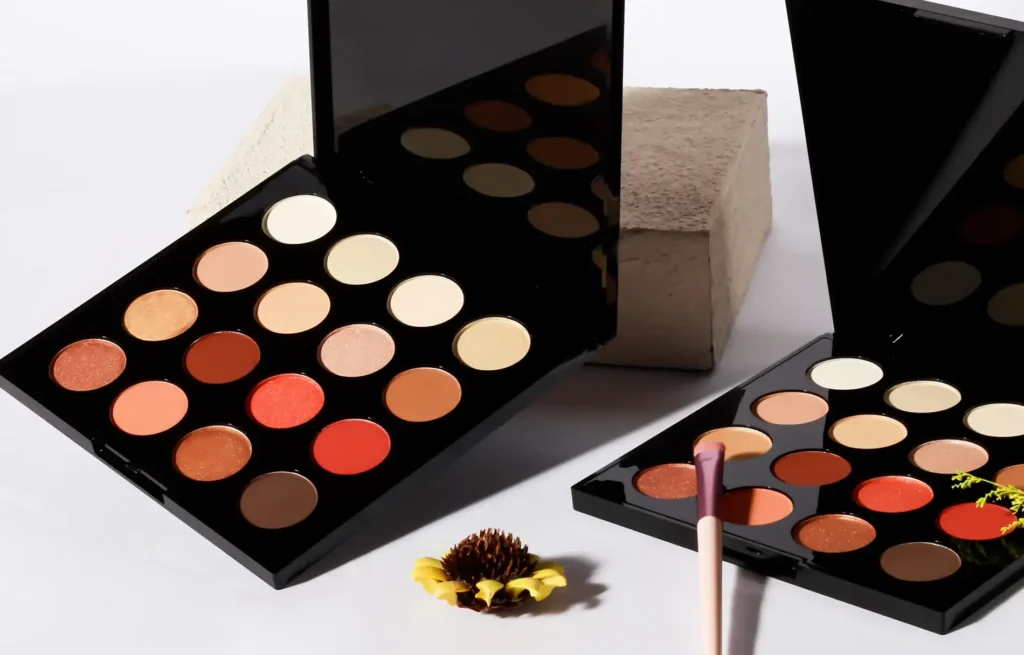
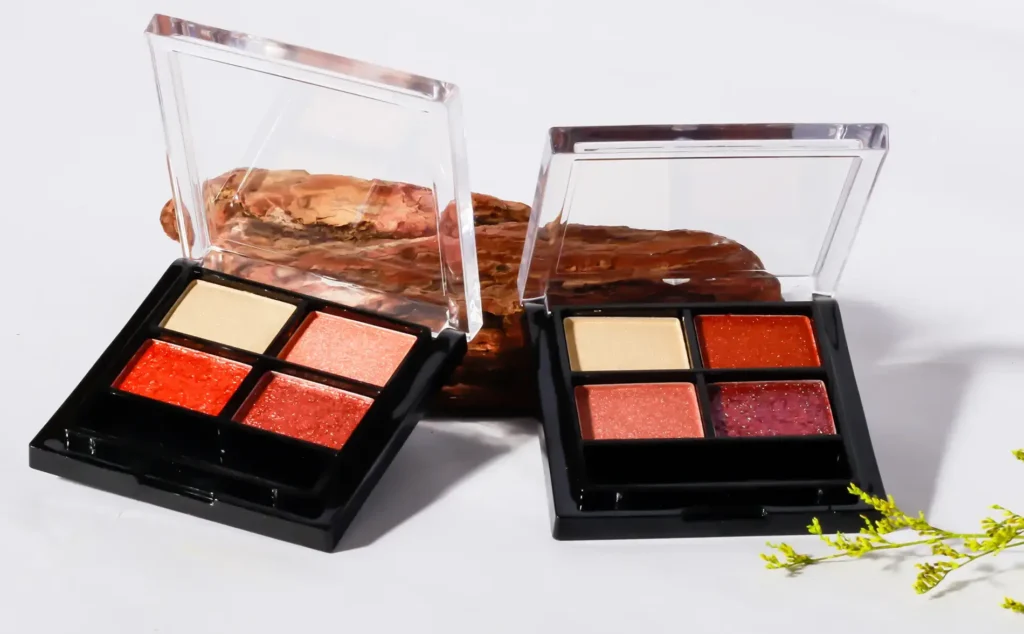
Avoid common mistakes
Too many colors
- Beginners should use no more than three colors at a time to avoid messy eye makeup.
Insufficient smudging
- Obvious color boundaries will make the makeup look unnatural, so be sure to smudge it fully.
Ignore the lower eyeshadow
- Appropriate smudging at the lower eyeliner can balance the overall makeup.
Not using primer
- Lack of primer will cause the eyeshadow to be colorless or easy to smudge.
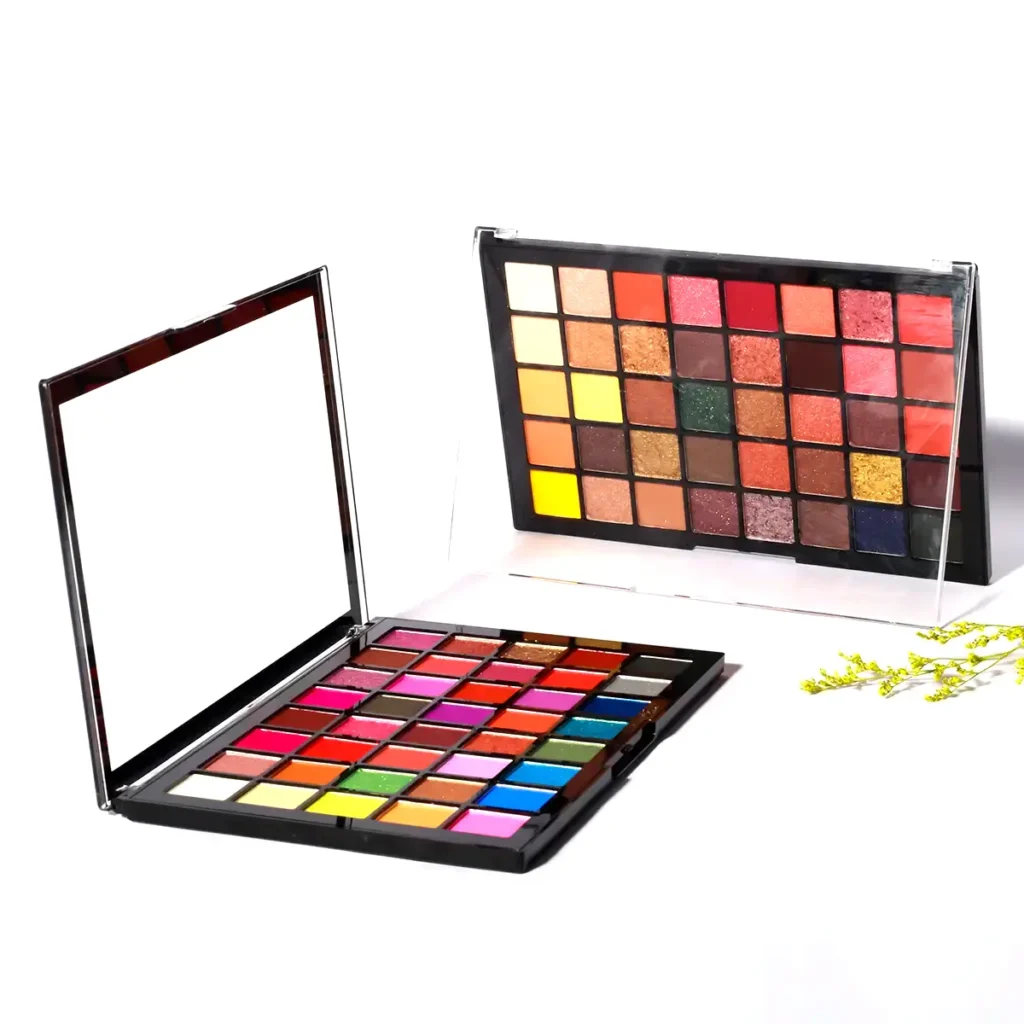
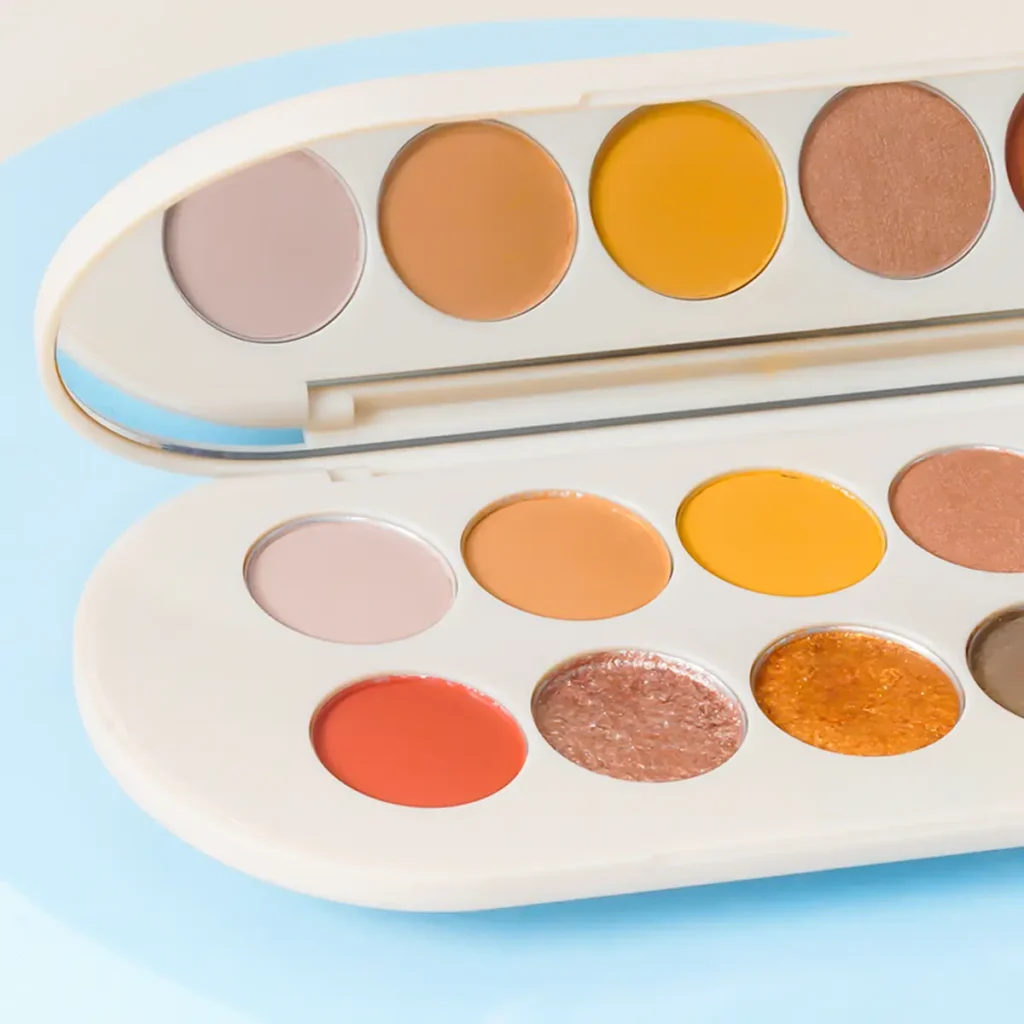
Tips summary
Apply with fingers
- If there is no brush, fingers can also be used as an alternative tool, especially for applying pearlescent eyeshadow.
Slightly wet method
- Wet the eyeshadow brush slightly to enhance the color saturation, suitable for use on the eyeline or the end of the eye.
Match eyeliner and mascara
- Eyeshadow is important, but the combination of eyeliner and mascara can make the eye makeup more complete.
Fixing spray
- Use the setting spray to lightly spray on the eyes to make the eyeshadow last longer.
After mastering these tips for using eyeshadow, you will find that makeup is not only a modification in daily life, but also an art of expressing your own style. Practice more, try bravely, and find the most suitable eyeshadow application method for you!
Related Products
Share this post and explore with us!

